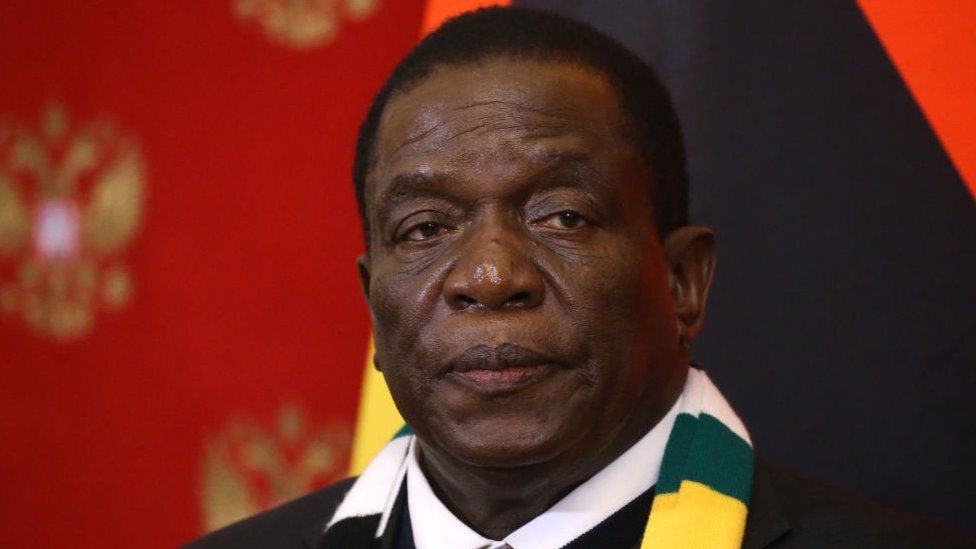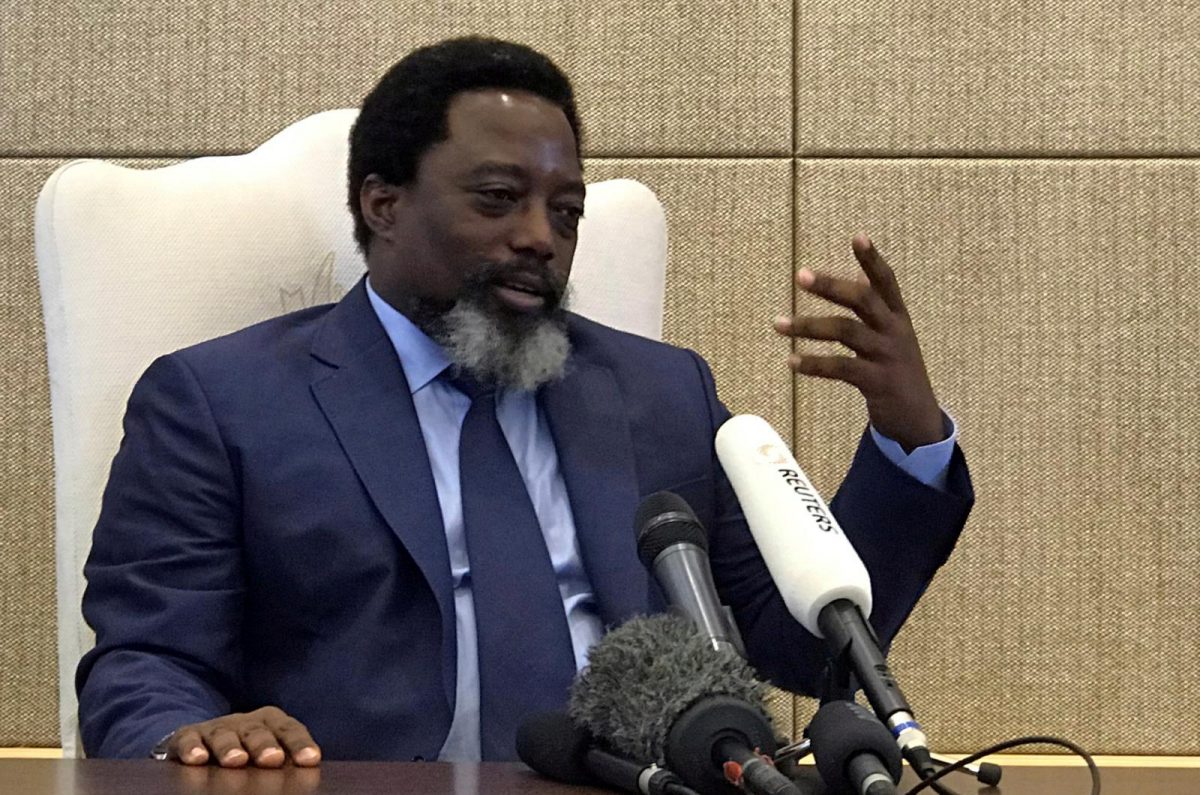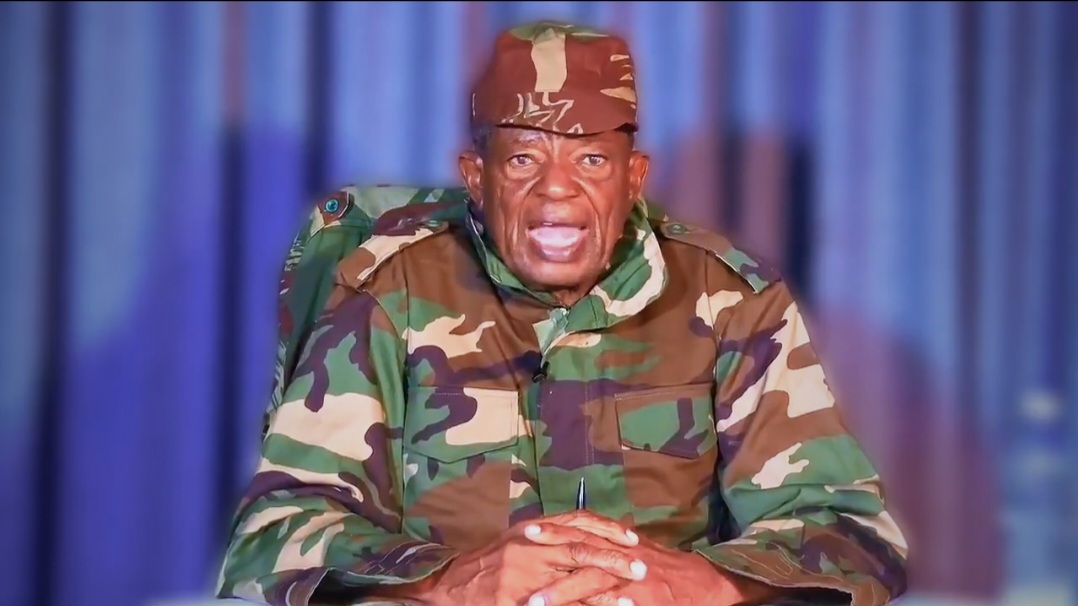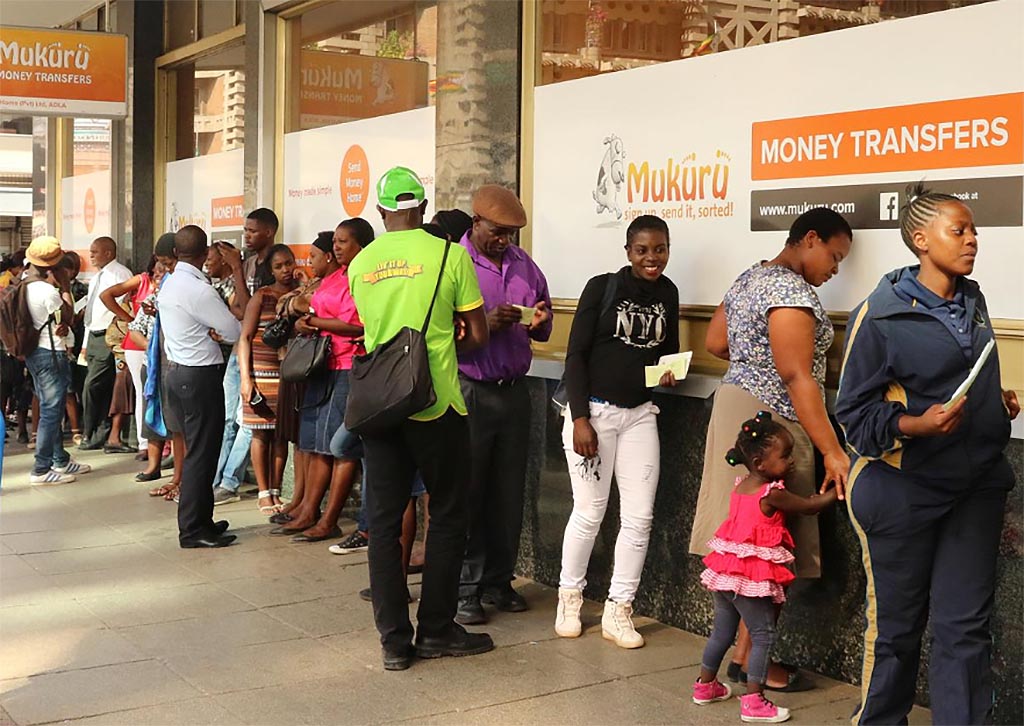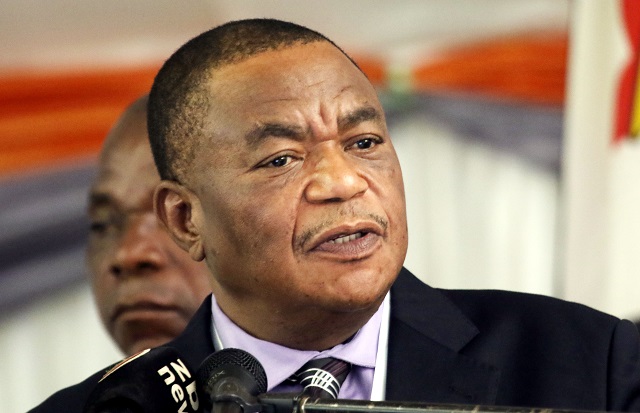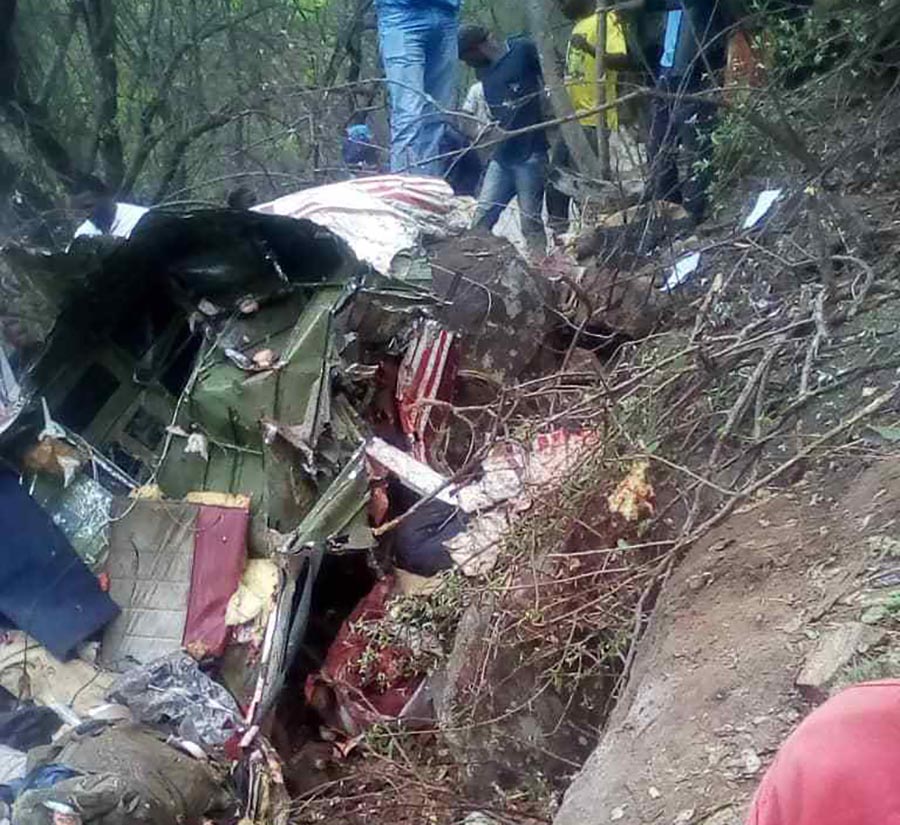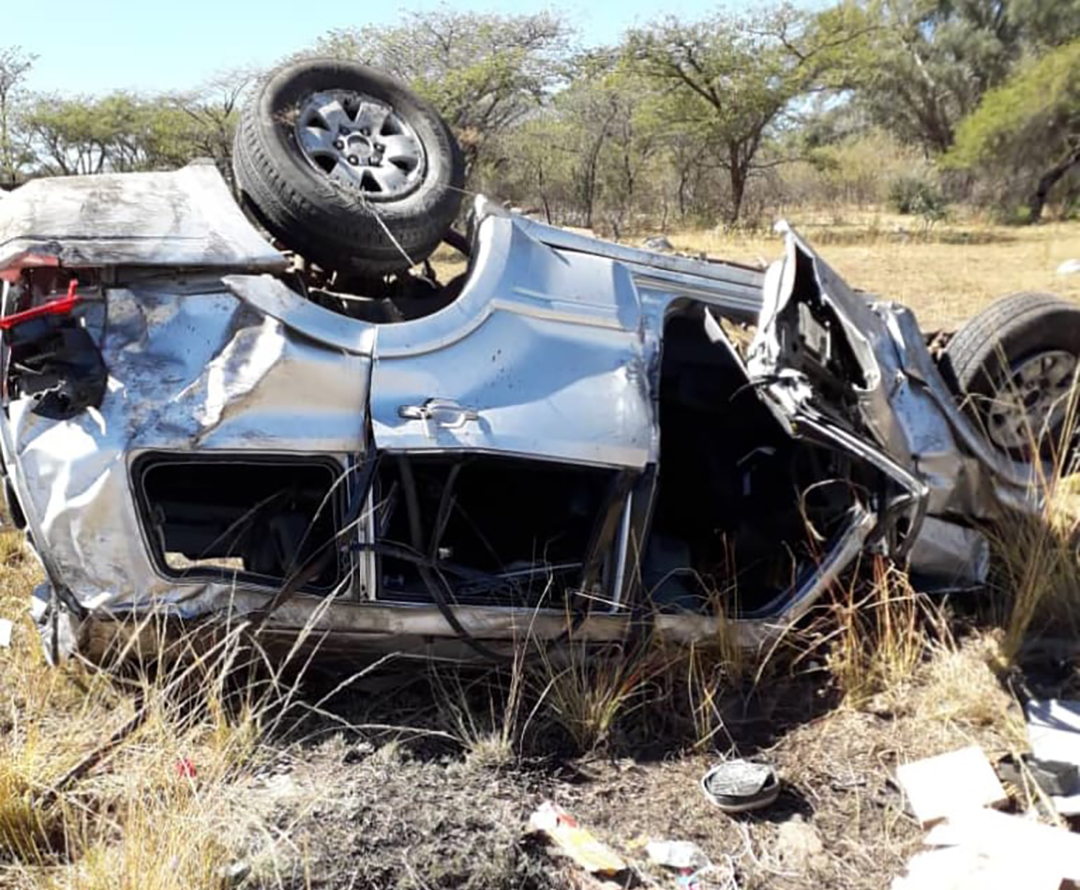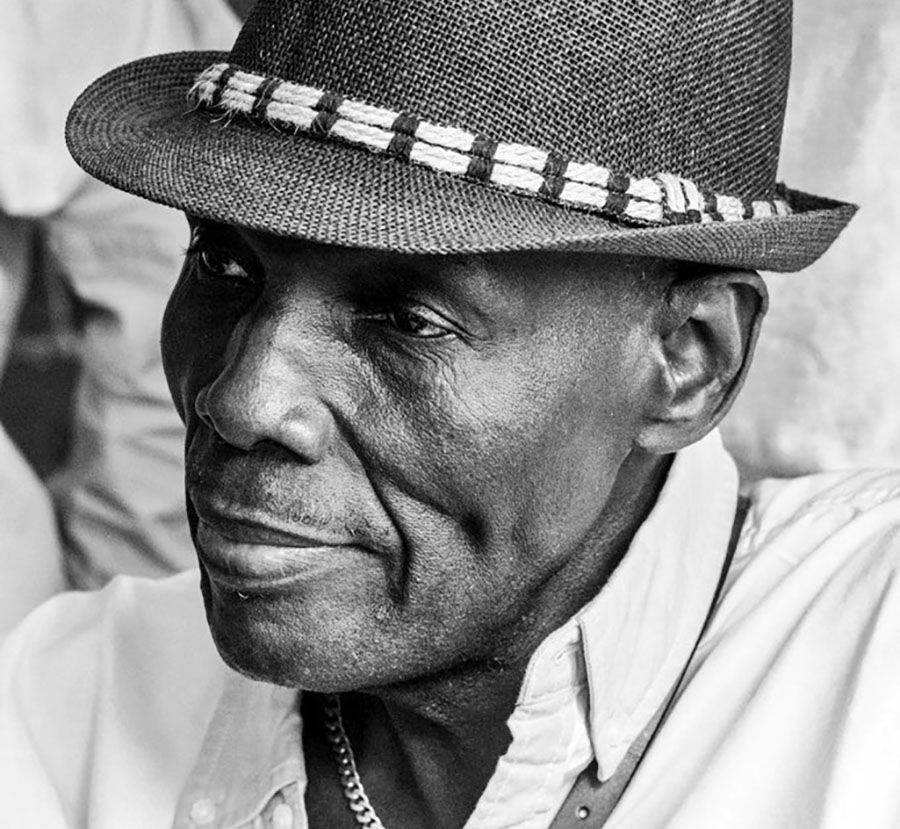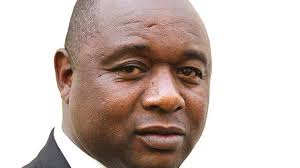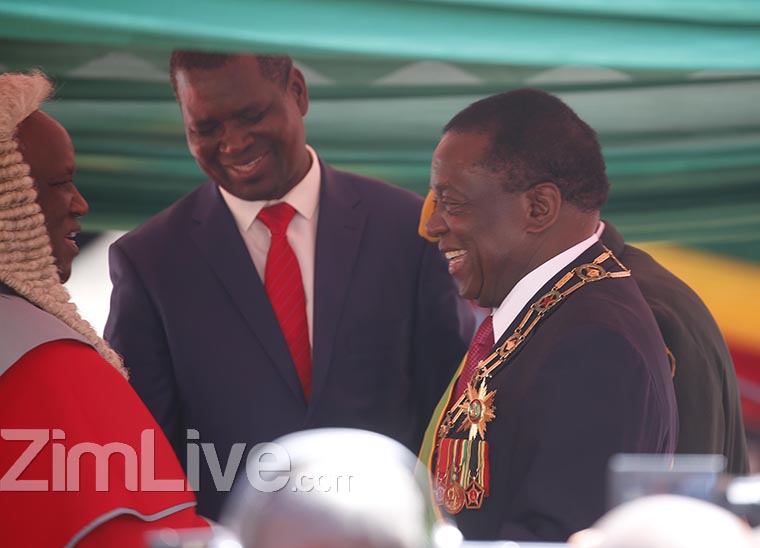JOHANNESBURG, South Africa – Robert Mugabe may be long gone, but Zimbabwe’s monetary madness lives on. With annual inflation nearing triple digits, Harare’s financial mandarins are trying to shore up confidence in the US$32 billion economy by banning bank lending. As with the other blunt policy tools it has deployed, it’s likely to have the opposite effect.
President Emmerson Mnangagwa, who ousted Mugabe in a 2017 coup, is falling well short on his promise to put the southern African nation’s mining- and agriculture-dependent economy back on its feet. Particularly controversial was his 2019 reintroduction of a domestic currency. Many Zimbabweans feared it would herald a return to the 500 billion percent inflation of the late 2000s. With prices rising 96 percent in March, and the gap between the Zimbabwe dollar’s official and black-market rates widening, they’re looking increasingly right.
The targets of Mnangagwa’s lending ban are the speculators “round-tripping” between the Zimbabwean currency’s two rates. The trade works as follows: a businessperson borrows Zimbabwe dollars from a bank, presumably at close to the central bank’s 80 percent benchmark rate. They convert those into greenbacks at the official rate of 166 to 1. Then they convert the U.S. dollars back into local ones at the black market rate of 400. After paying off the loan, they have plenty of change to repeat the cycle.
The crucial factor is access to U.S. dollars at the official rate, a privilege accorded mainly to importers of essentials like fuel and medicines. Such operators tend to have political connections, shielding them from scrutiny. Yet Mnangagwa has decided to punish the entire country for the sins of a few.
There is plenty of precedent. In 2020, the president suspended the Harare stock market after it rose eightfold in a matter of months, a reflection of Zimbabweans flooding into equities as a protection against inflation. Rather than appoint an independent central bank governor prepared to stop printing money, he also banned the mobile money networks that account for 80 percent of day-to-day transactions.
The lending ban could be similarly painful for Zimbabwe’s GDP, which the International Monetary Fund had pencilled in for 3 percent growth this year. With real interest rates heavily negative, Zimbabweans will already be emptying their bank accounts – that’s why stock market values have doubled since March. But banks that can’t lend don’t have a sustainable business, putting them at risk of full-on runs. The collapse of the last remnants of the financial system could follow. Mugabe would be proud. – Reuters

